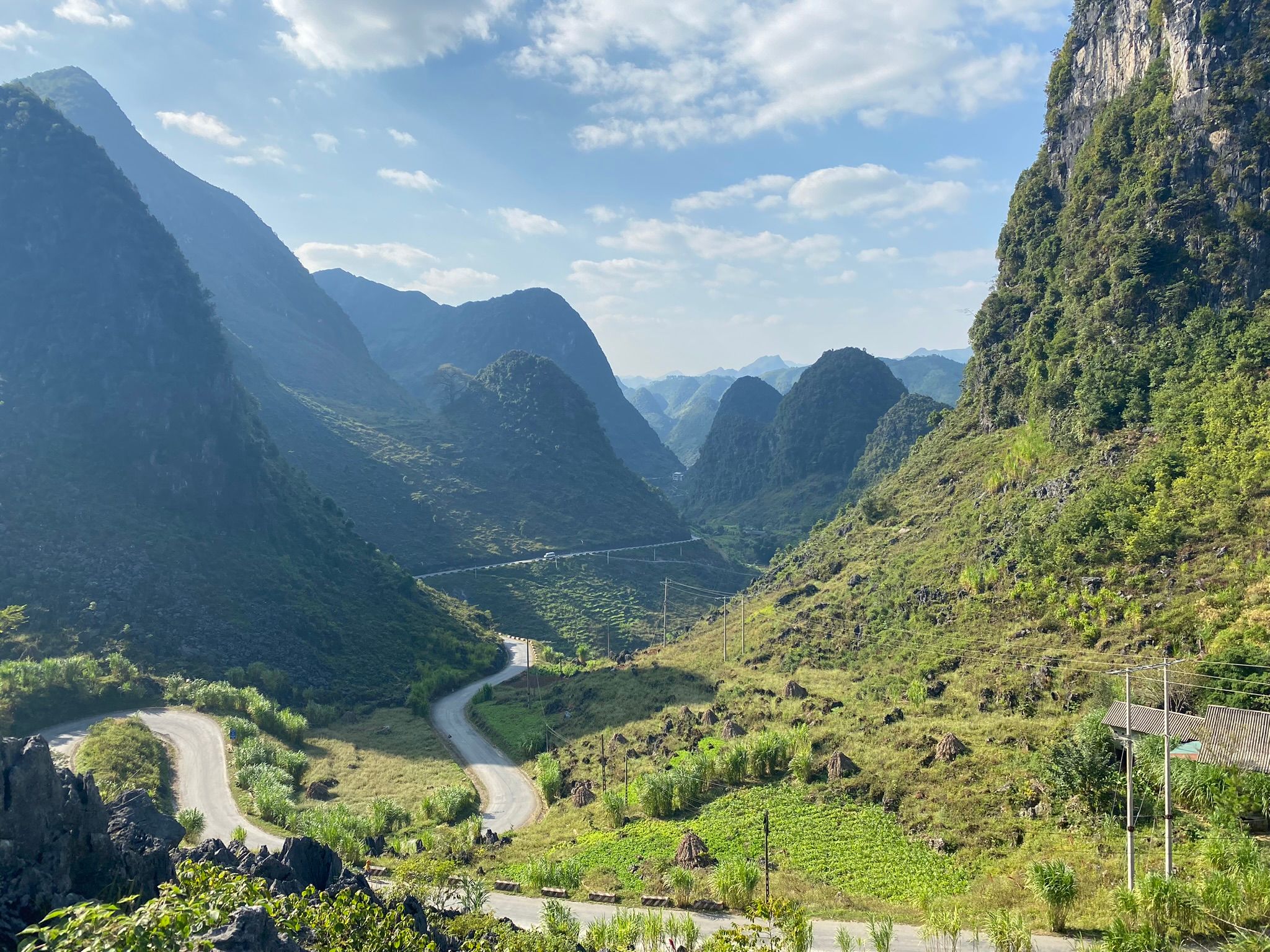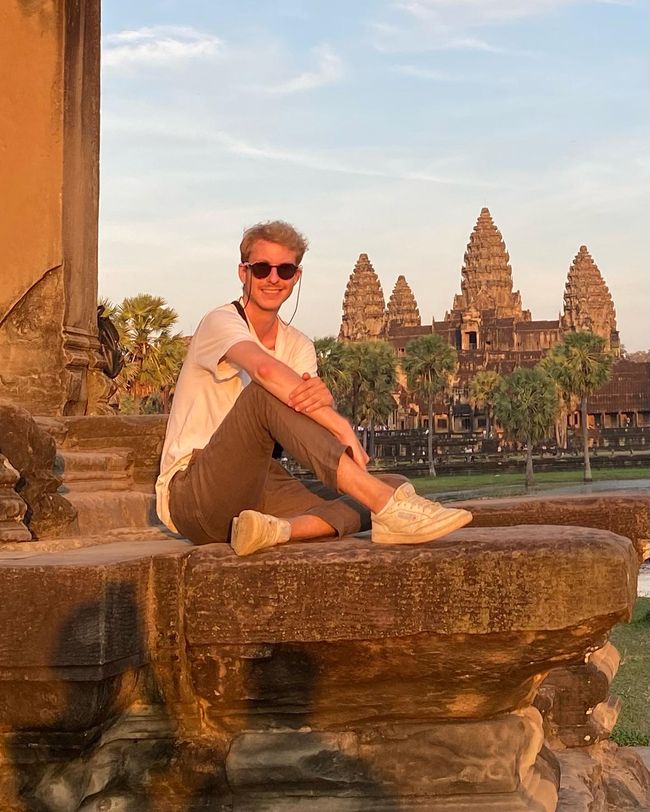06/06/2023 - Along the East Coast: Sydney to Noosa
प्रकाशित: 18.06.2023
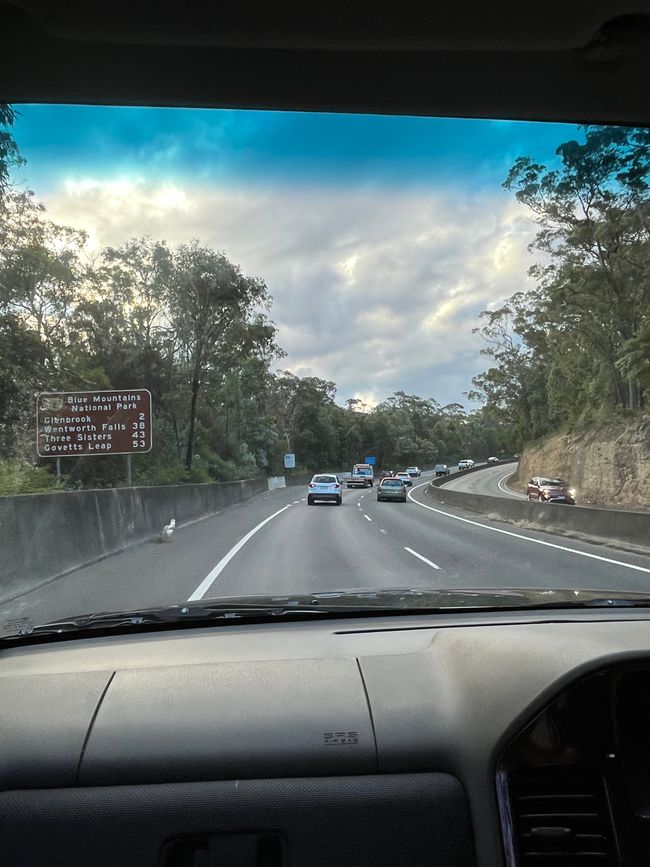
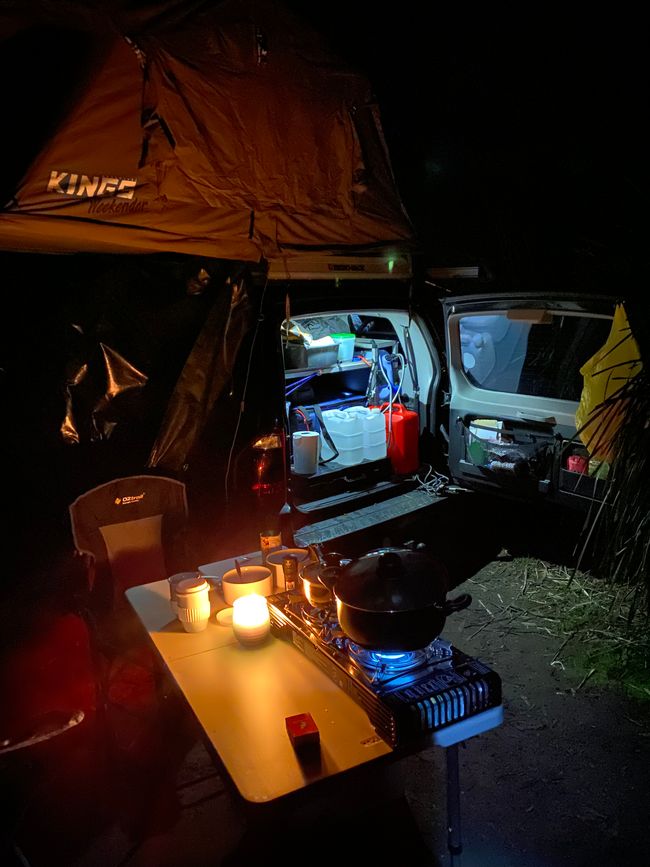
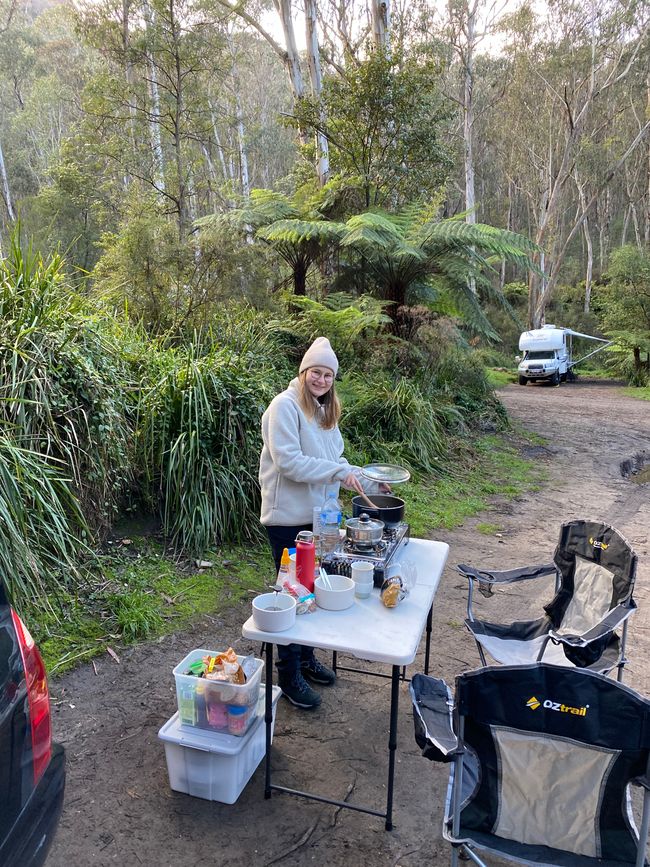
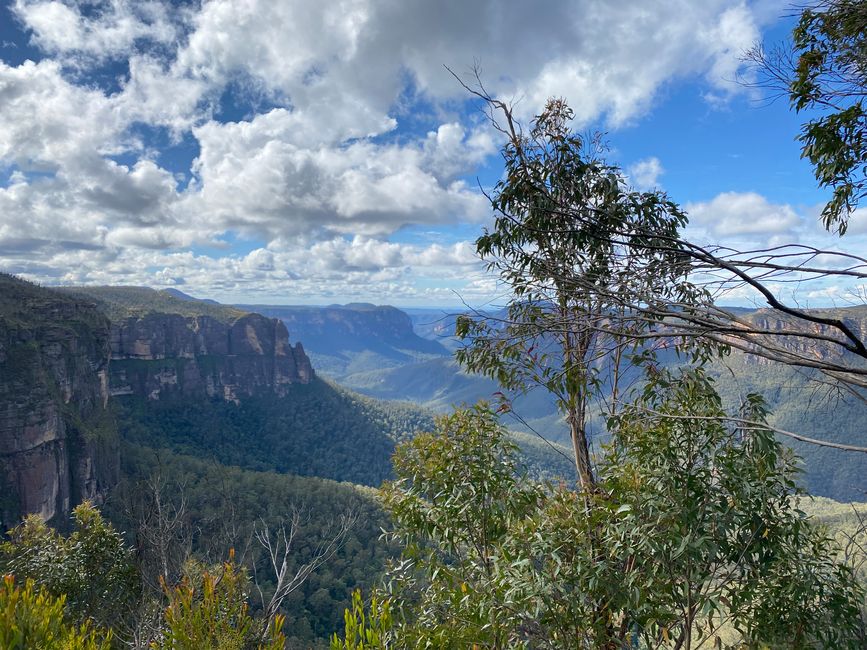
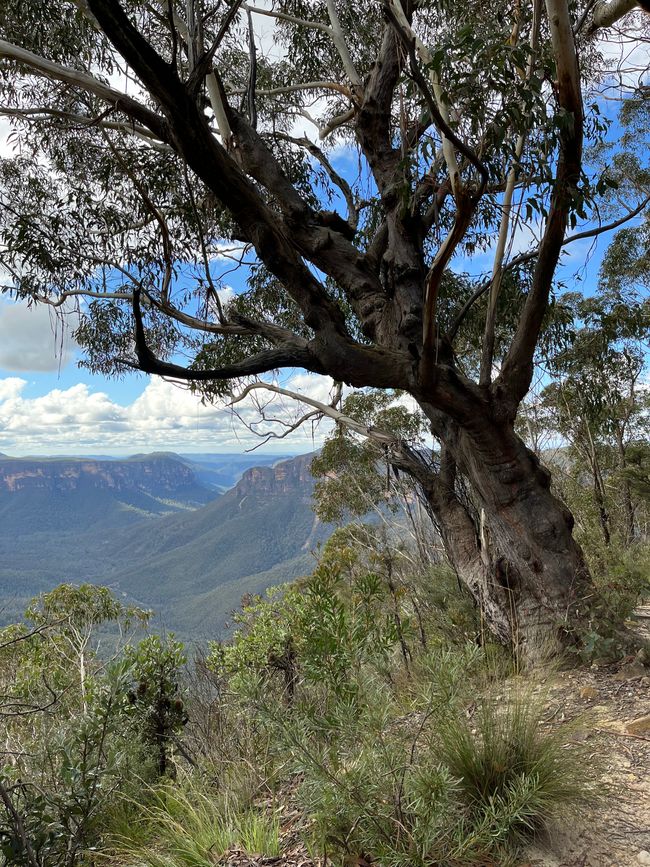
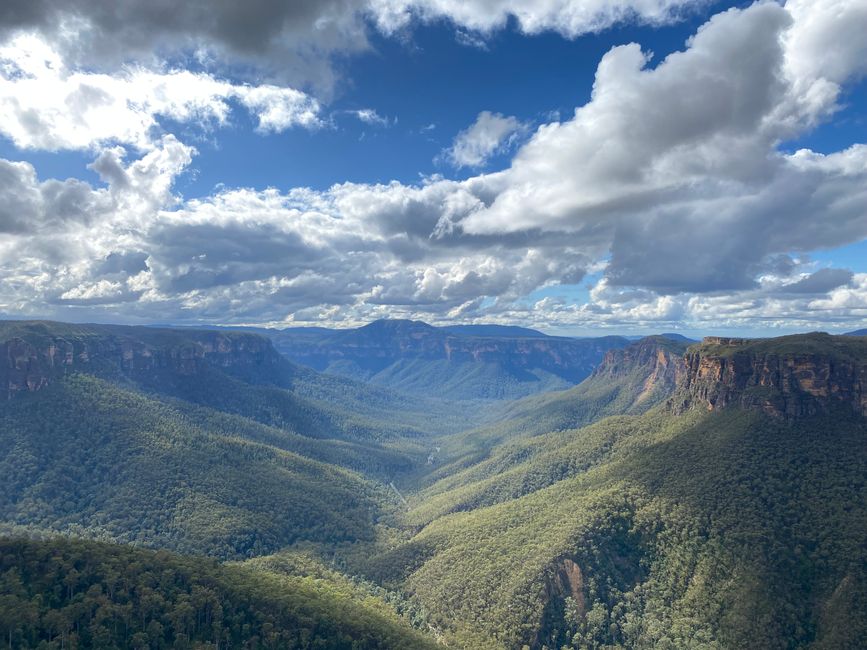
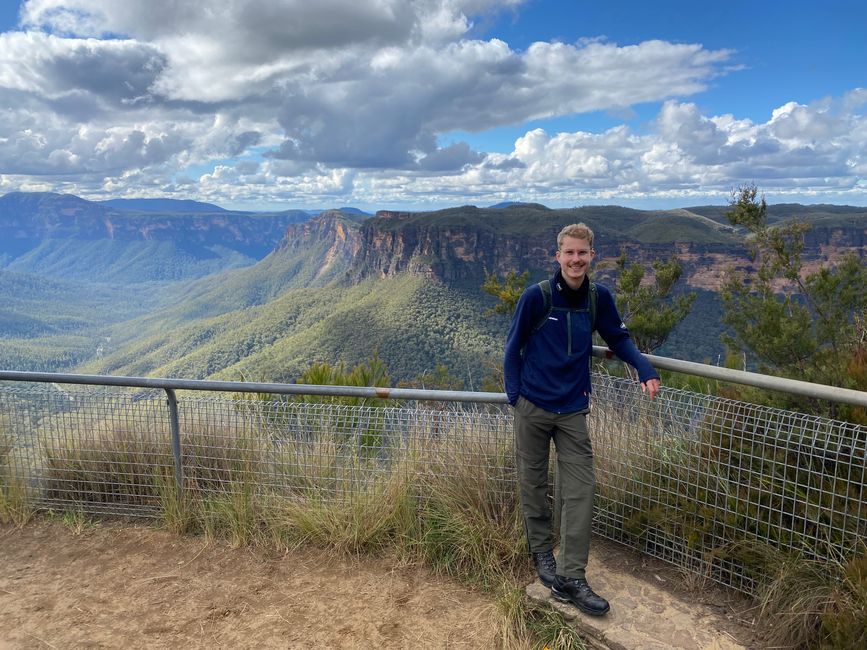
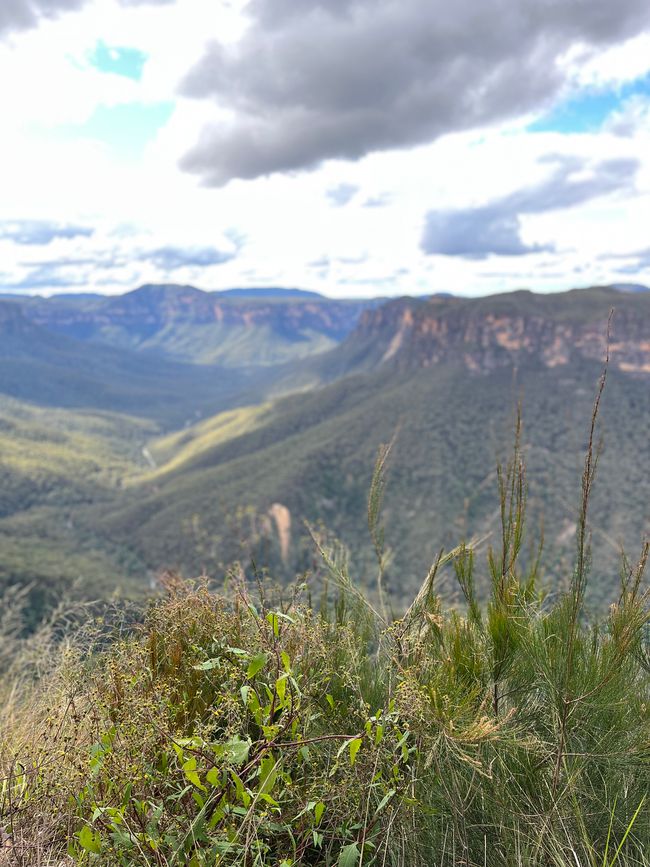
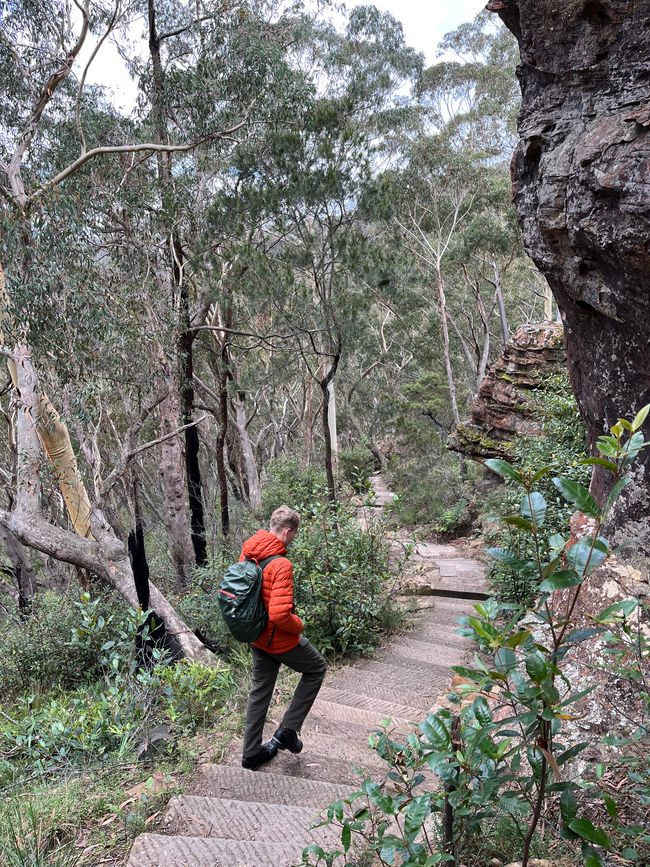
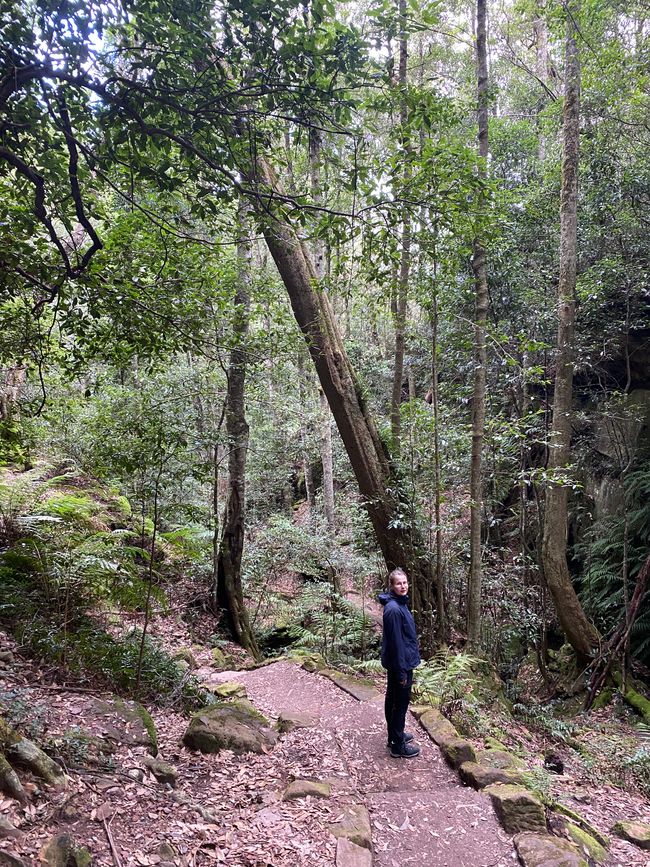
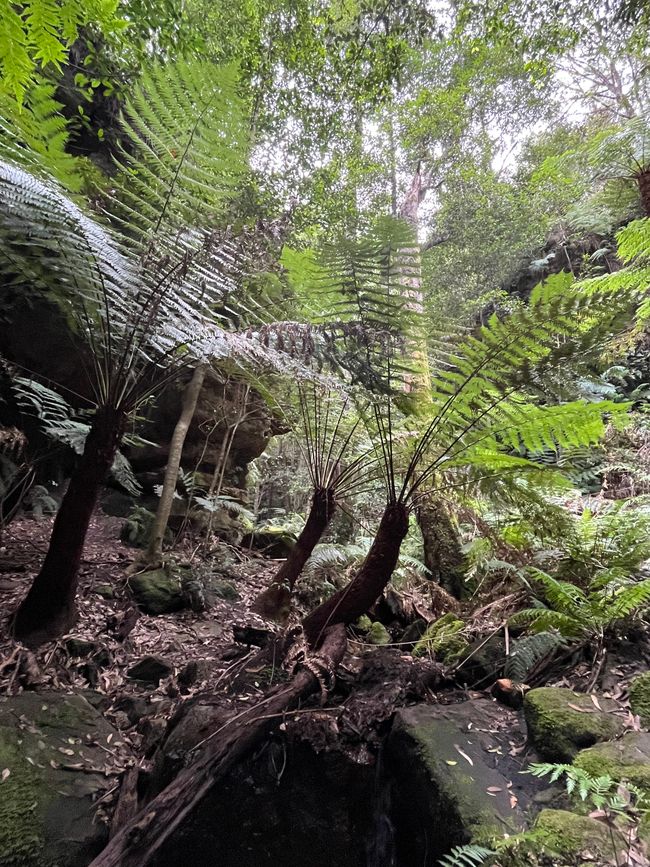
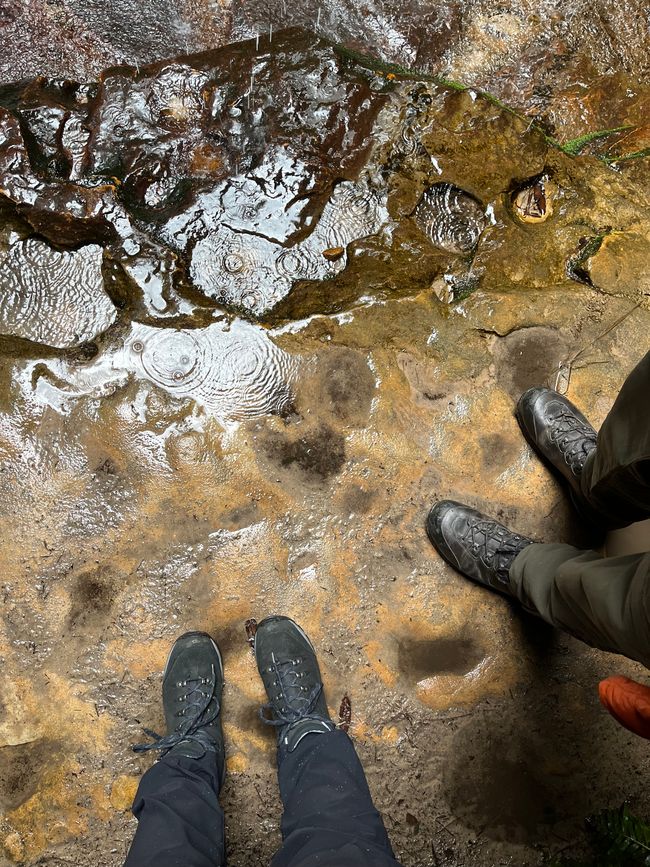
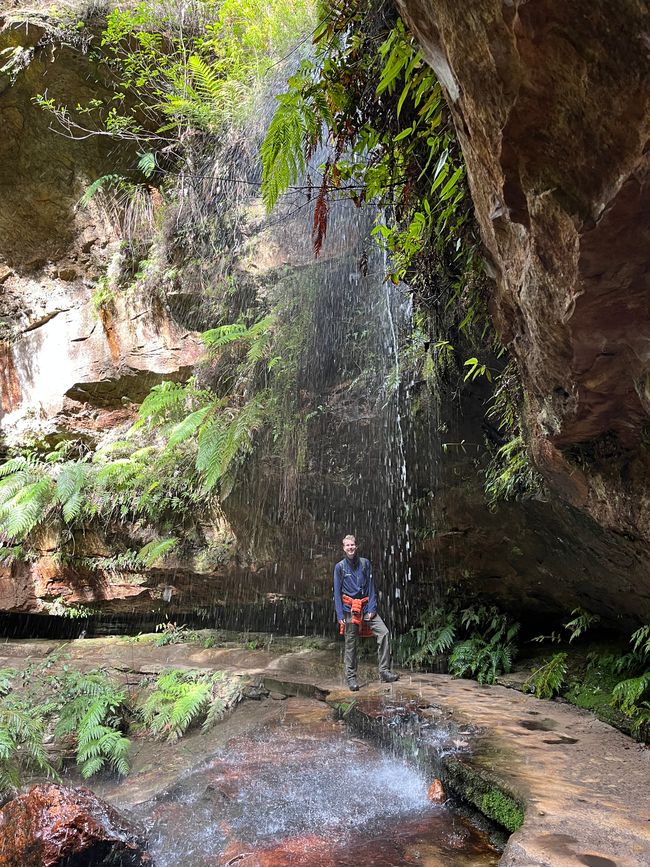
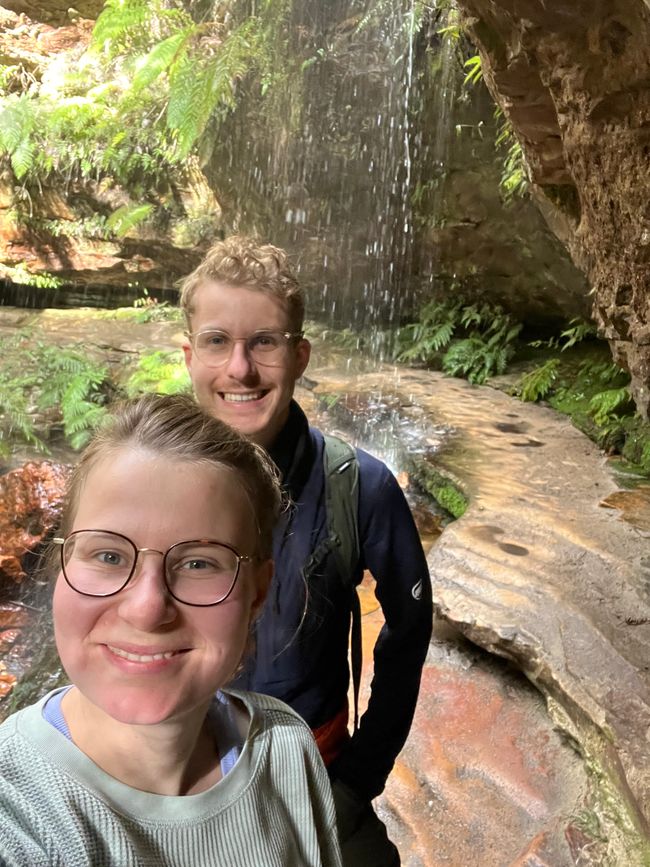
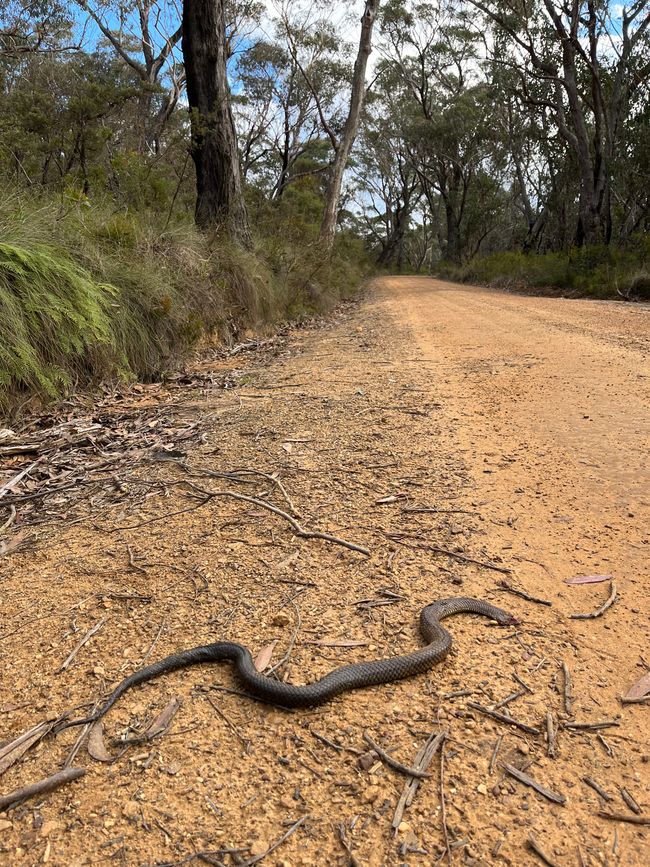
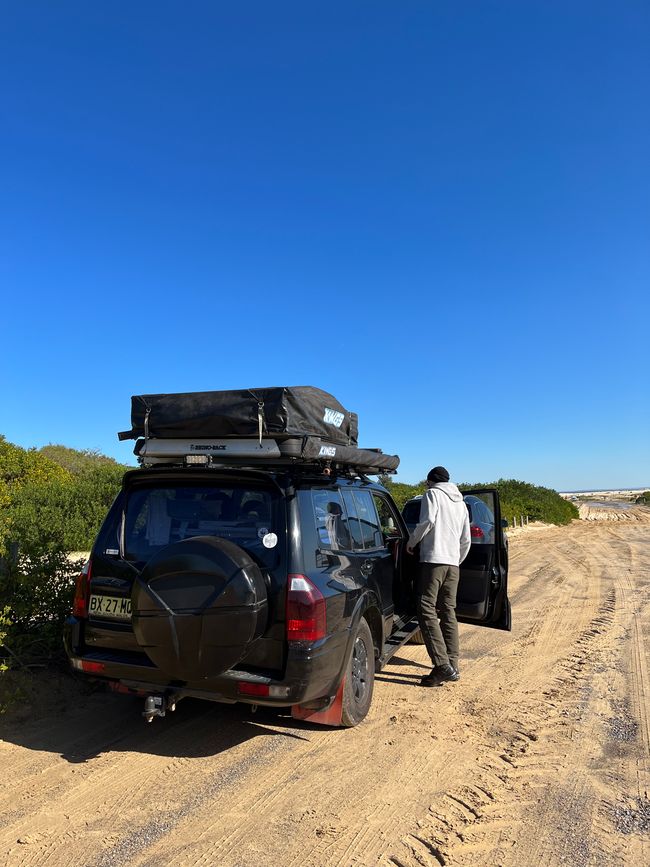
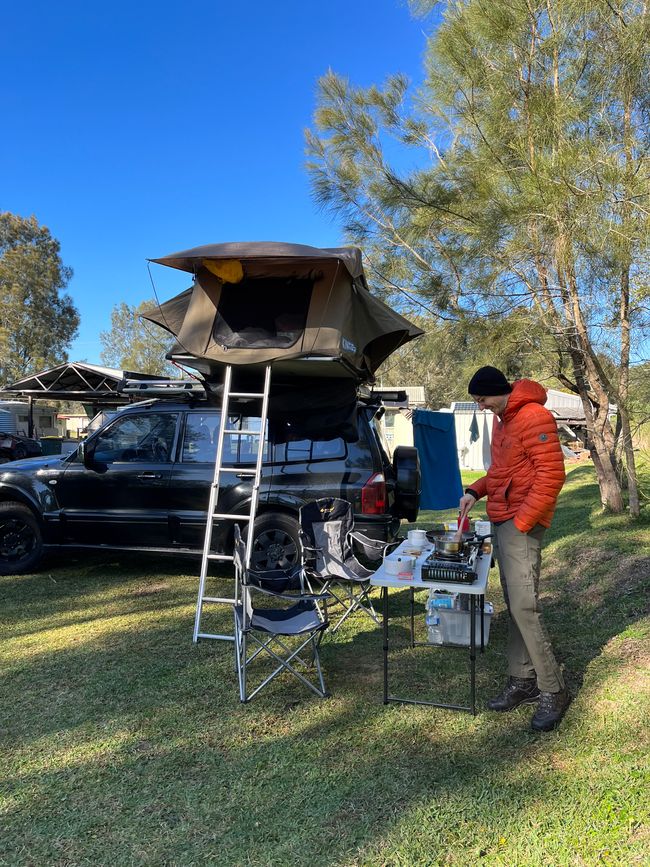
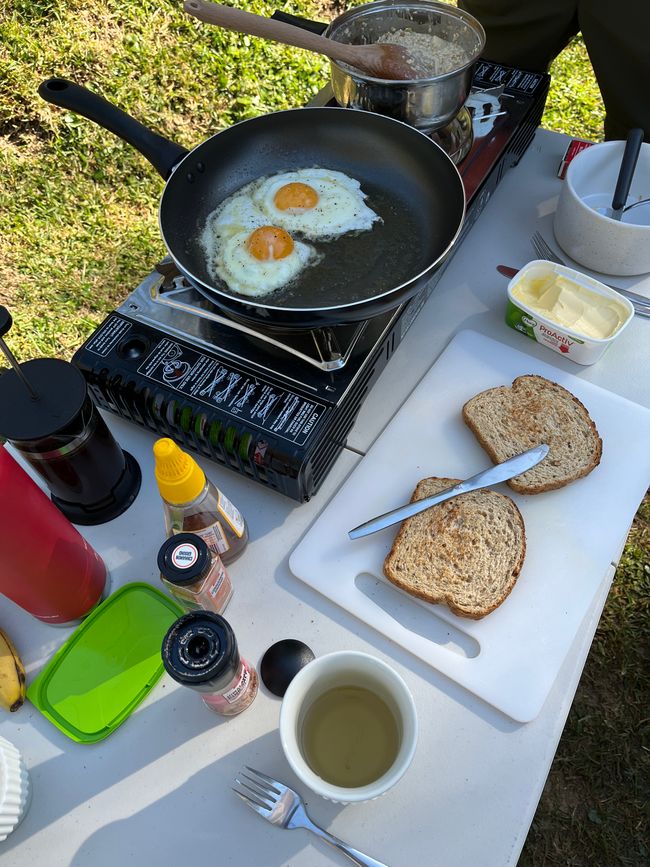
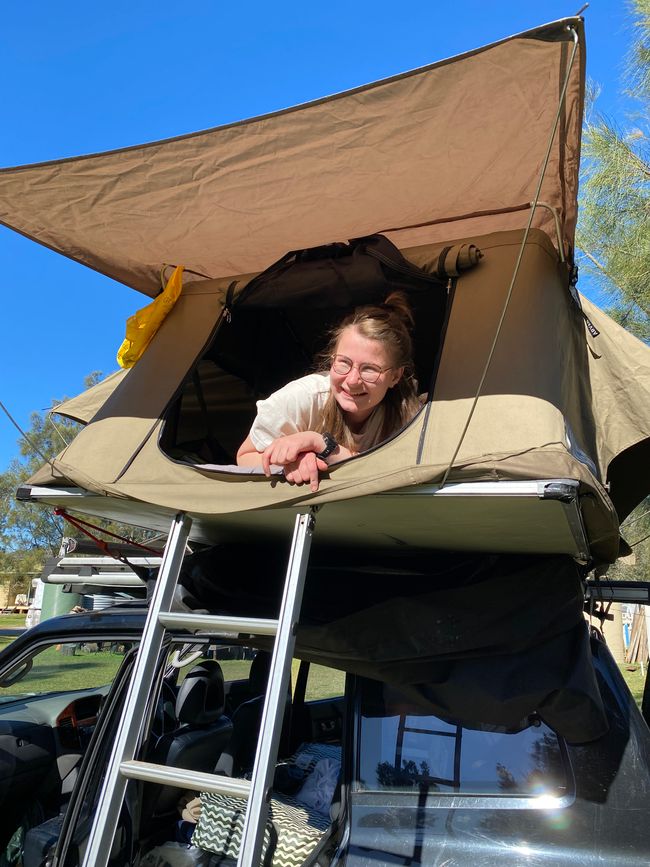
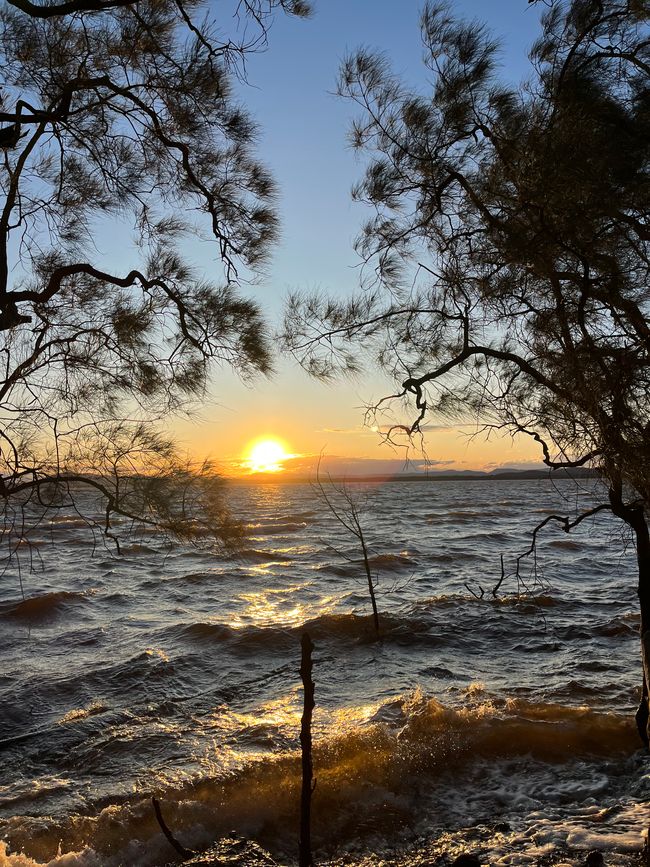
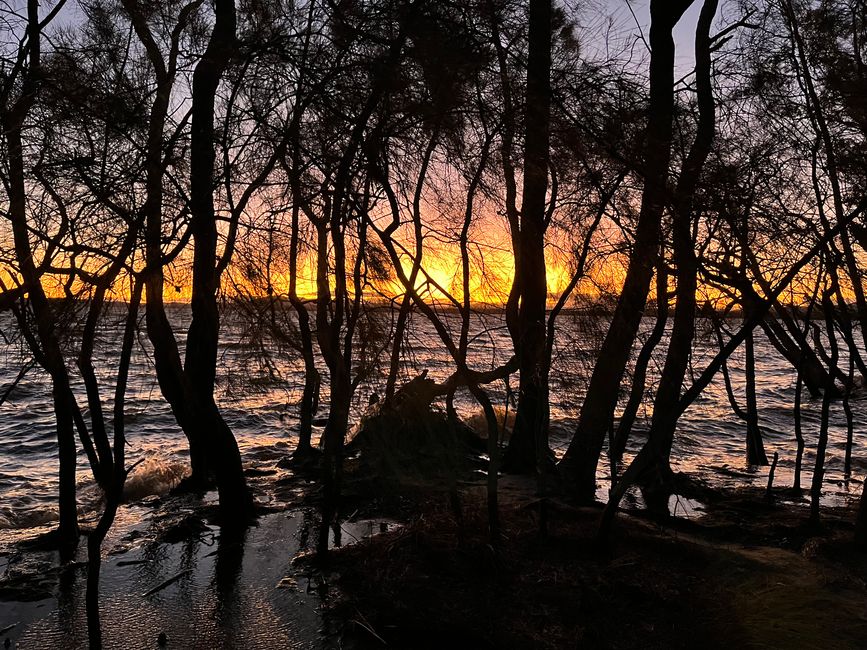
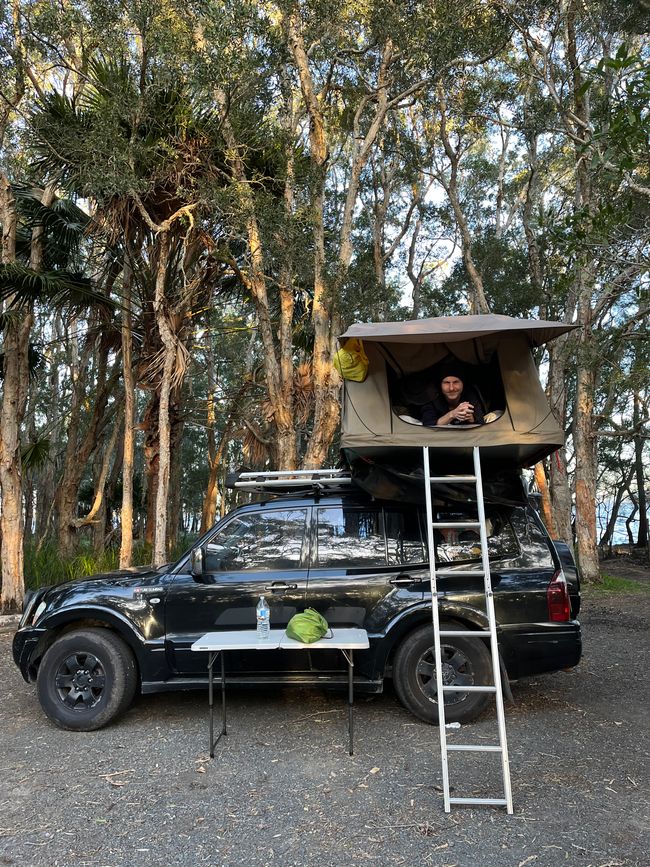
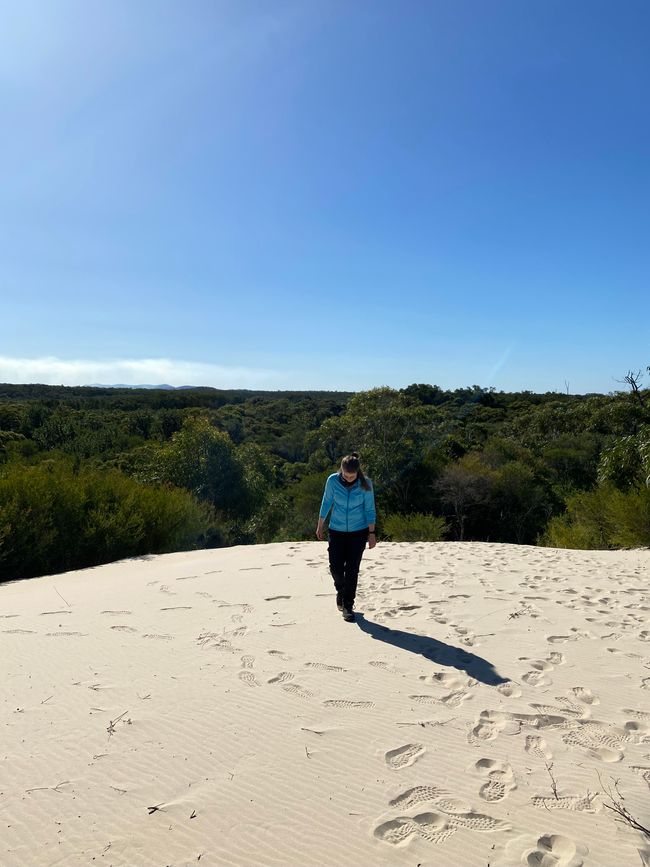
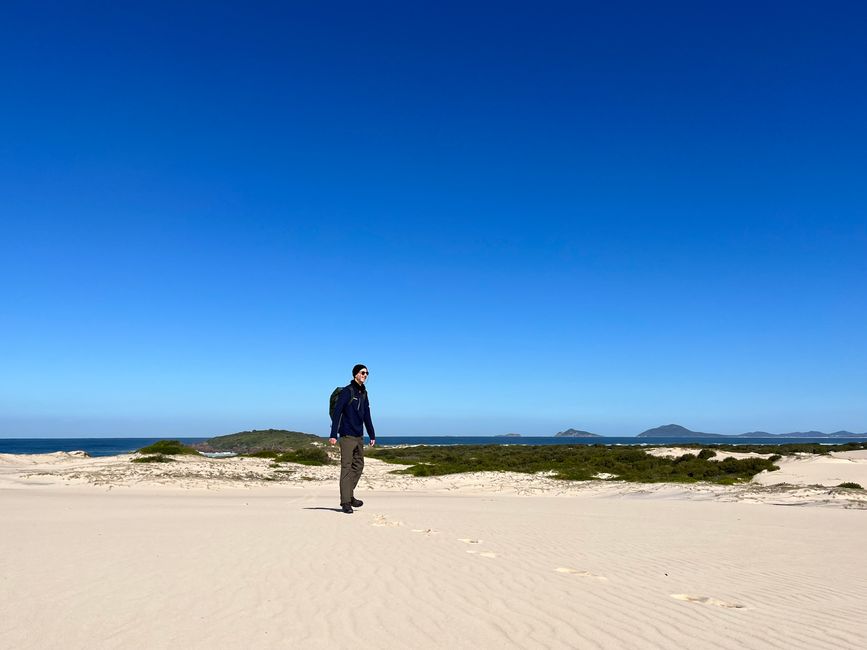
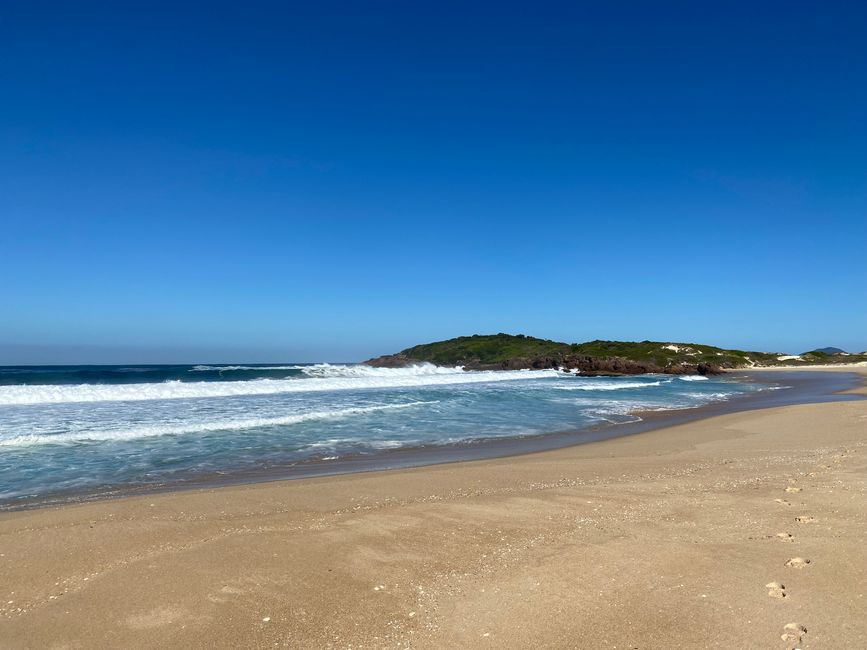
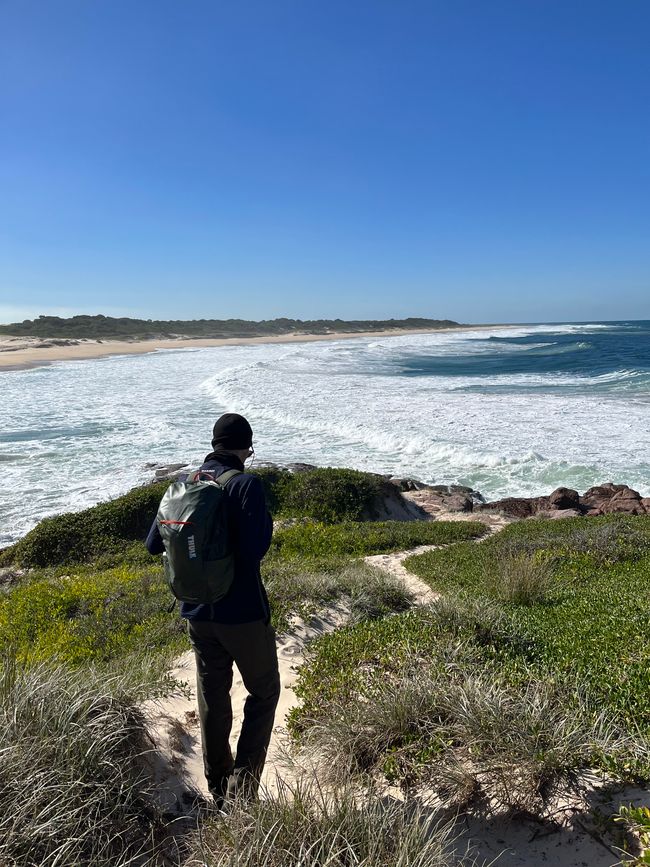
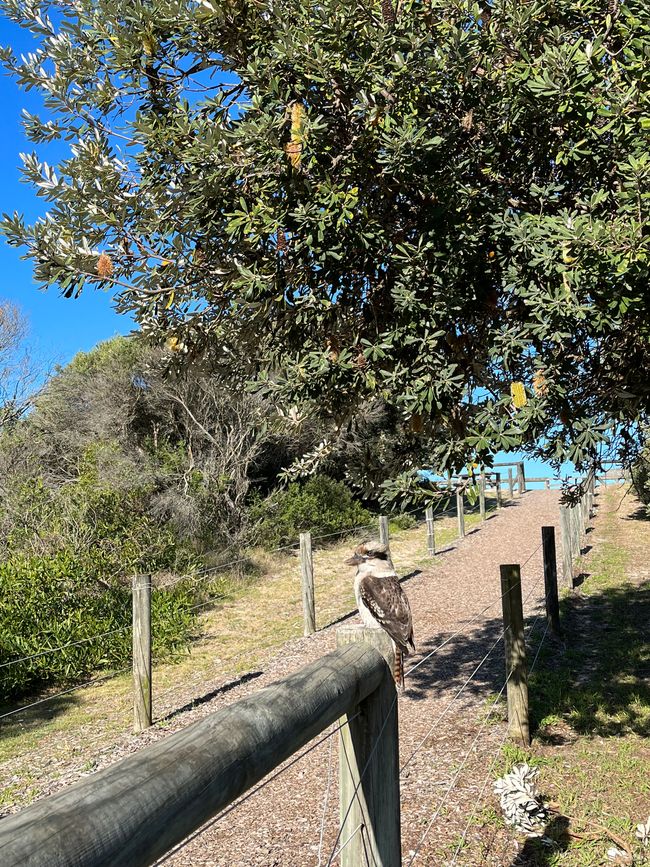
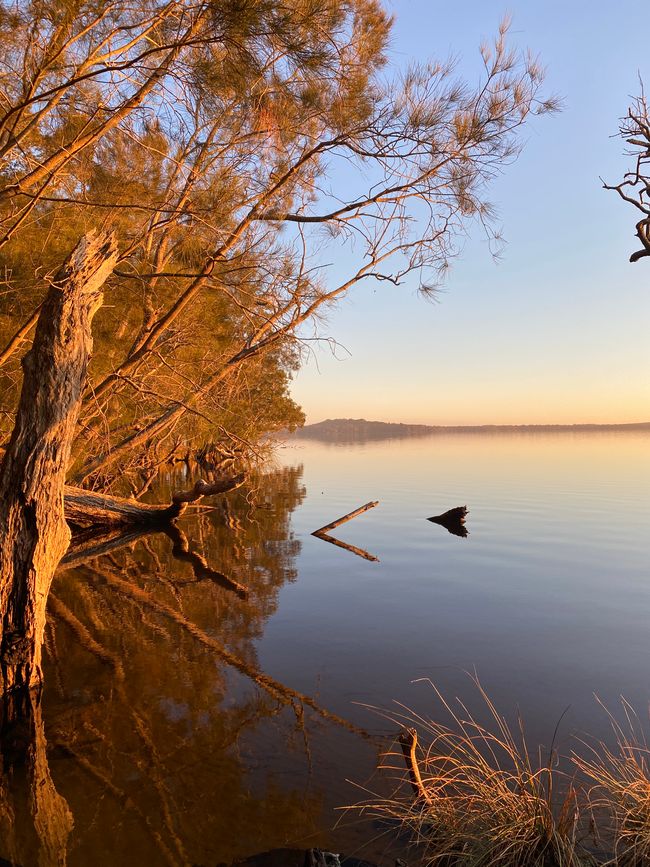
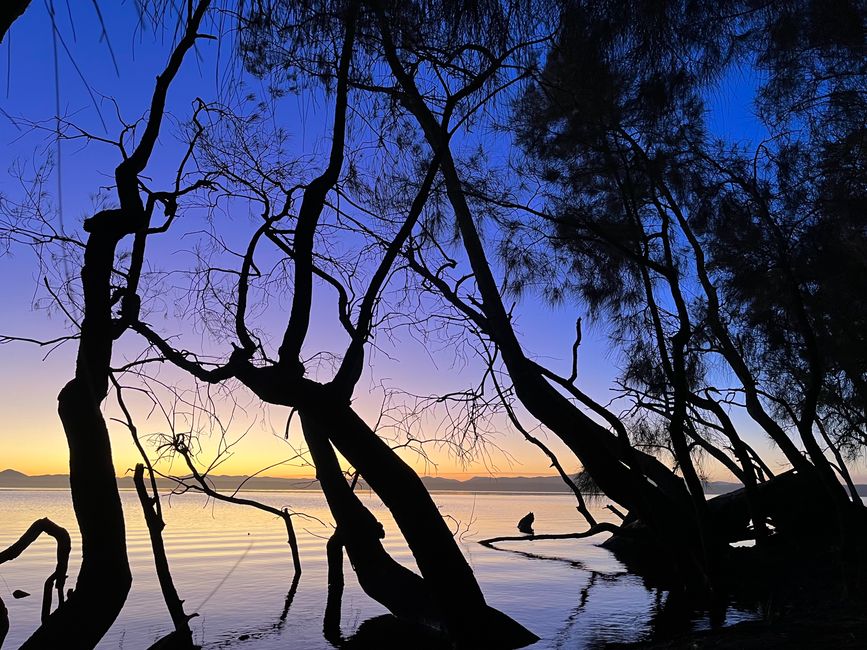
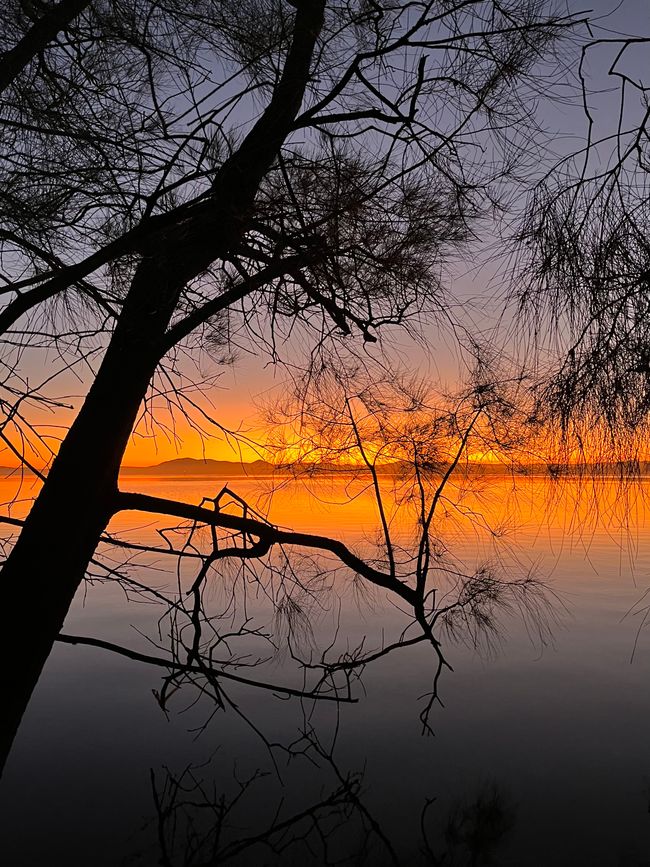
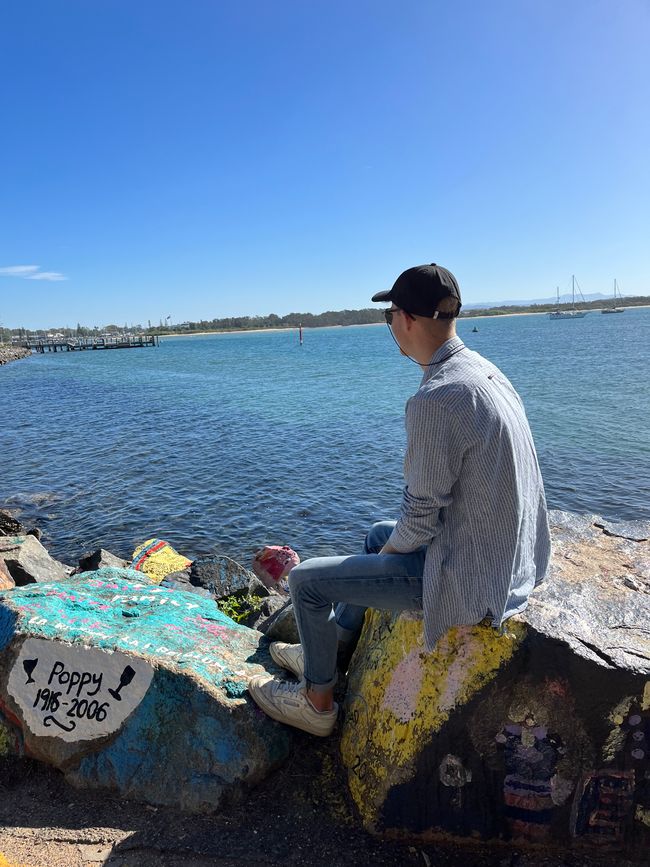
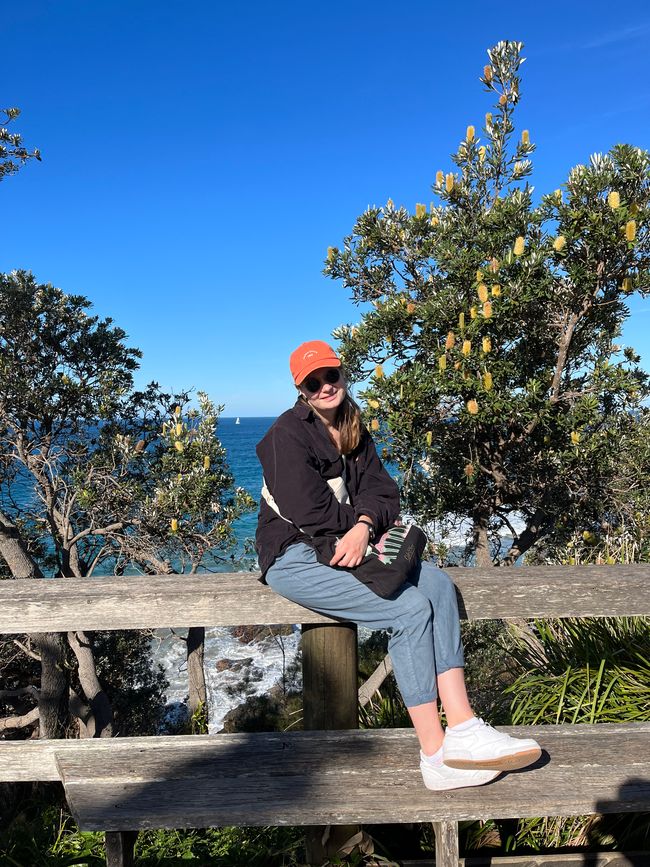
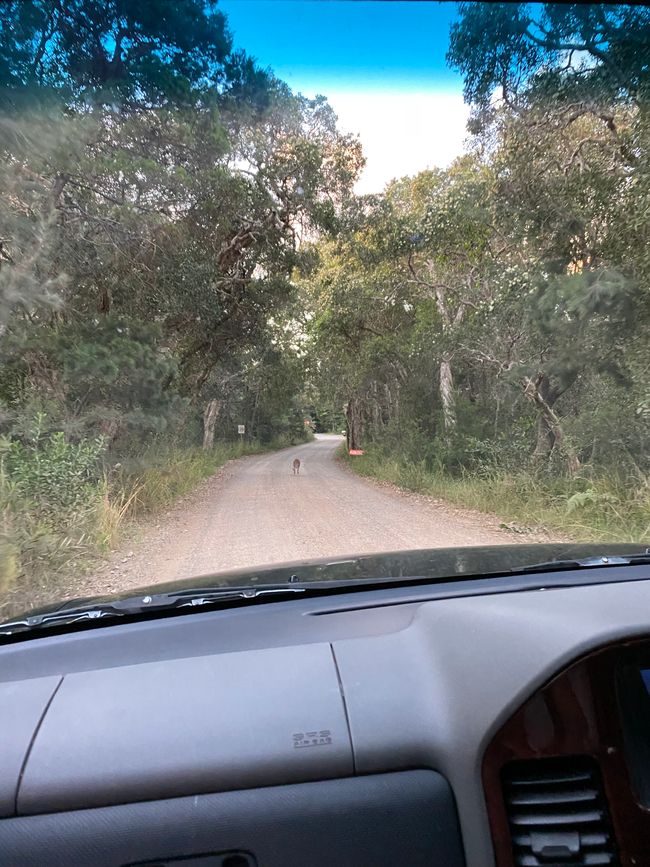
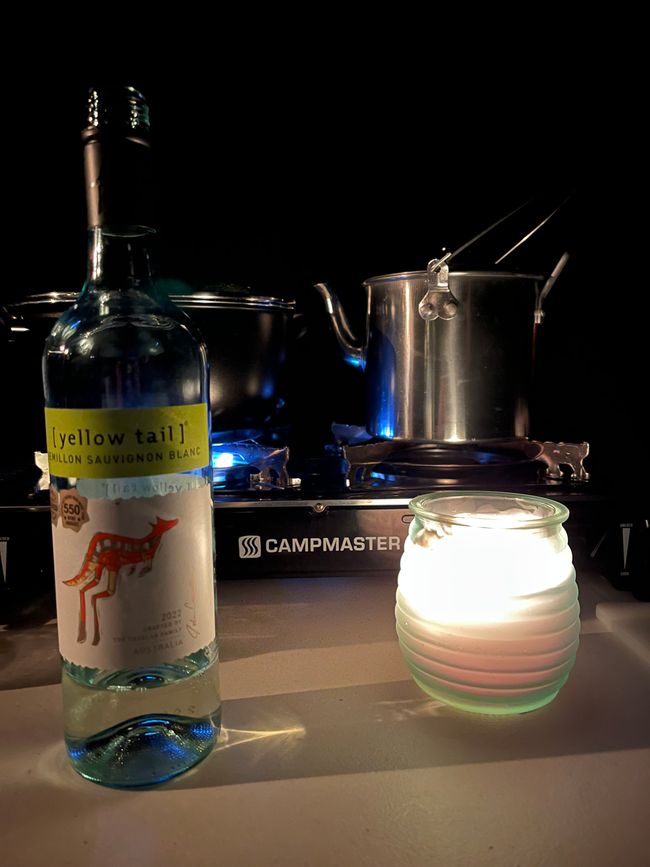
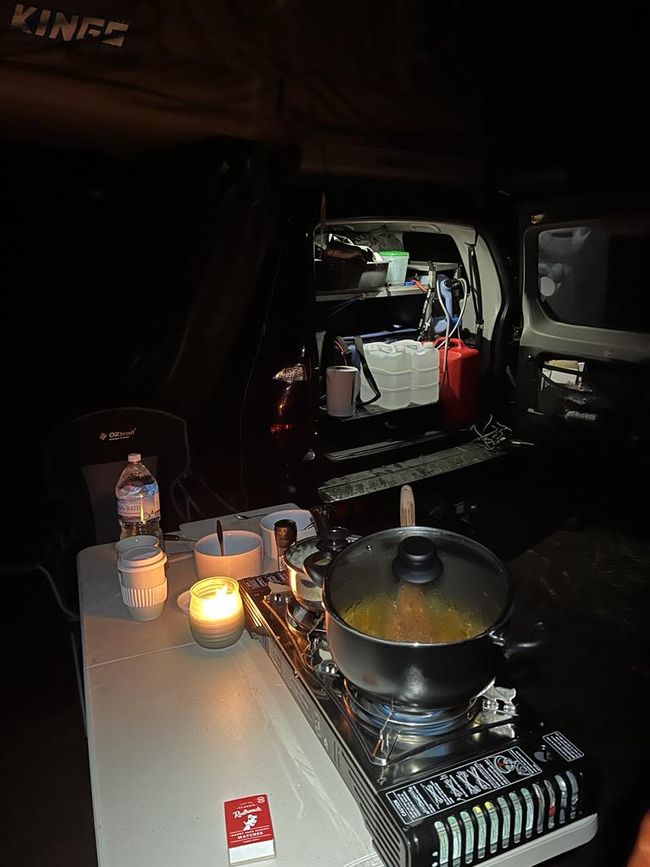
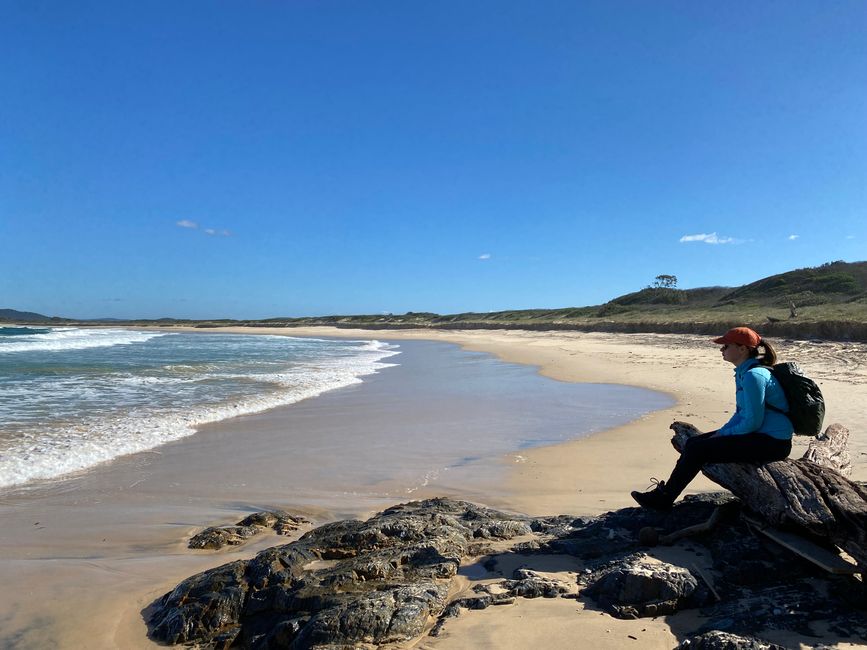
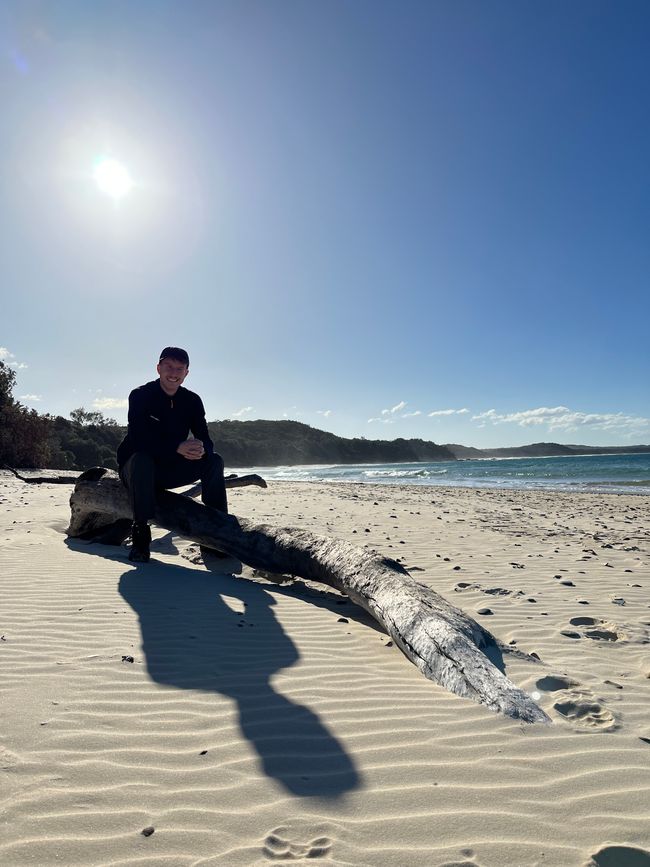
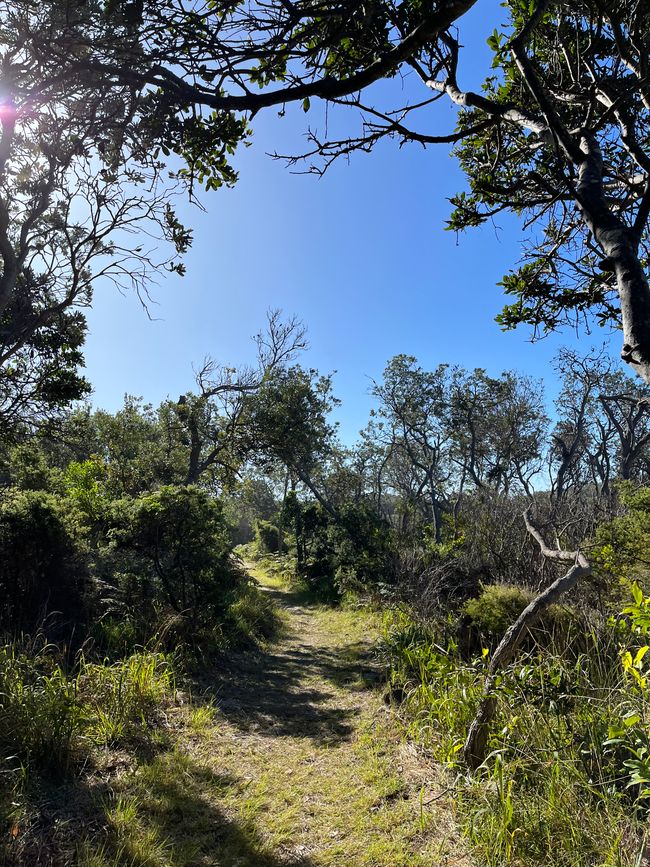
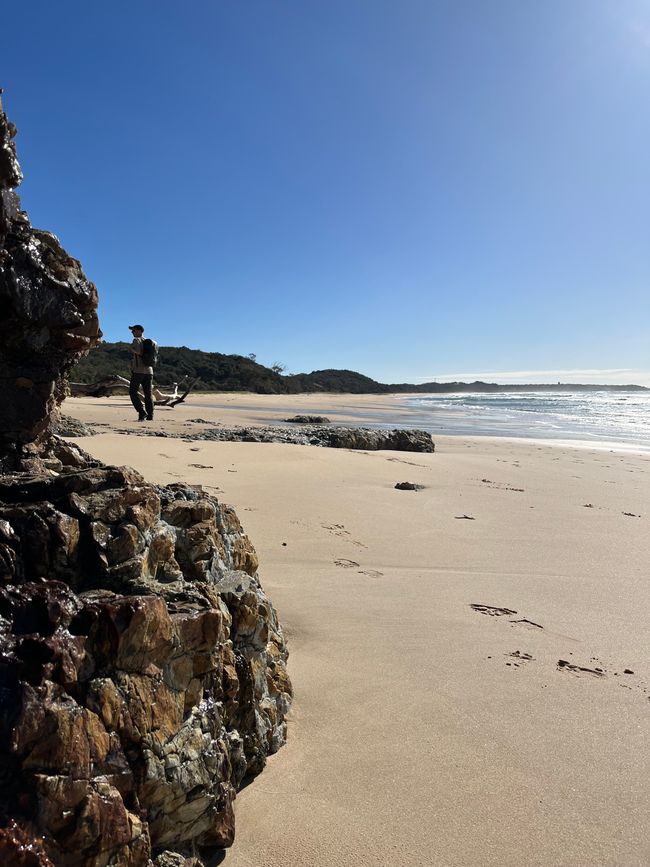
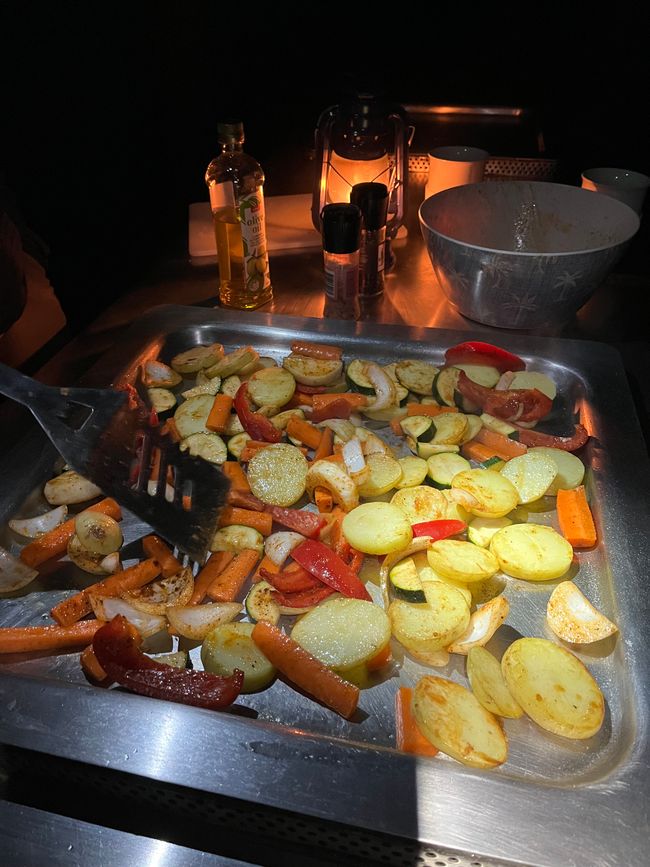
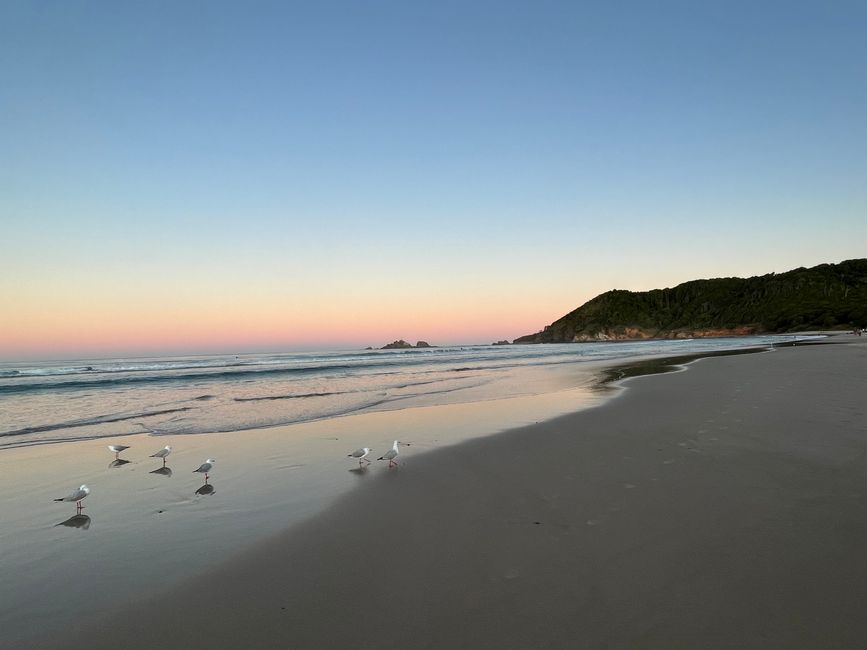
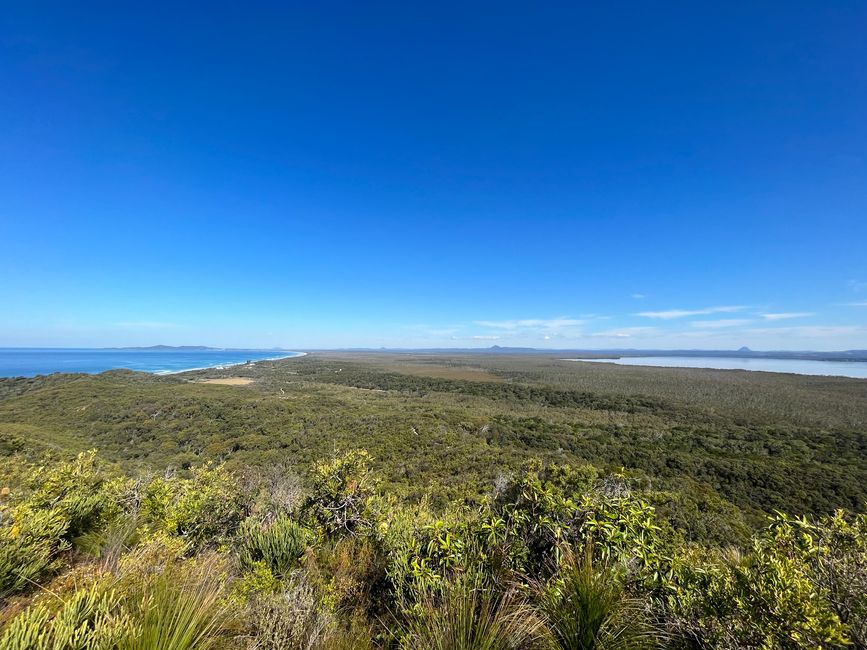
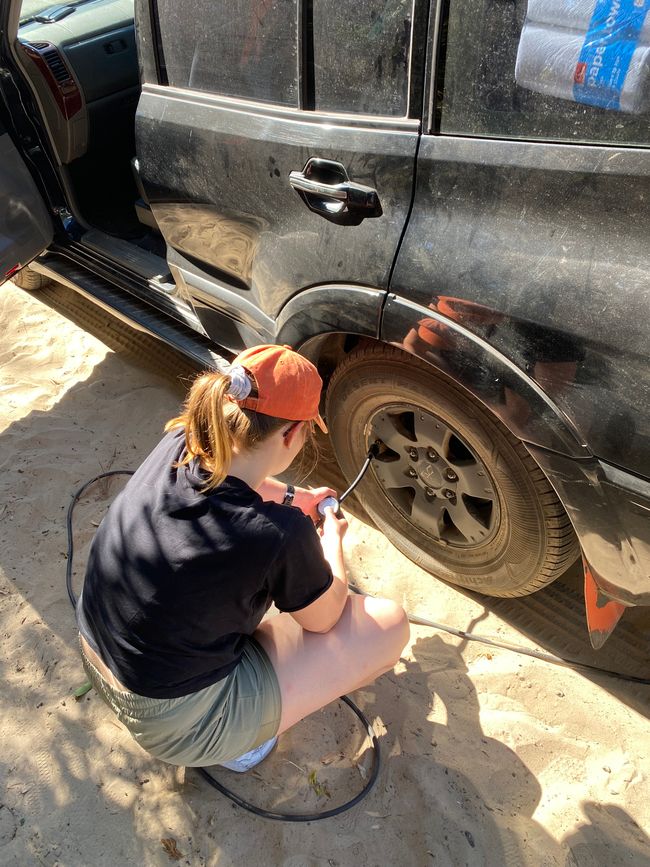
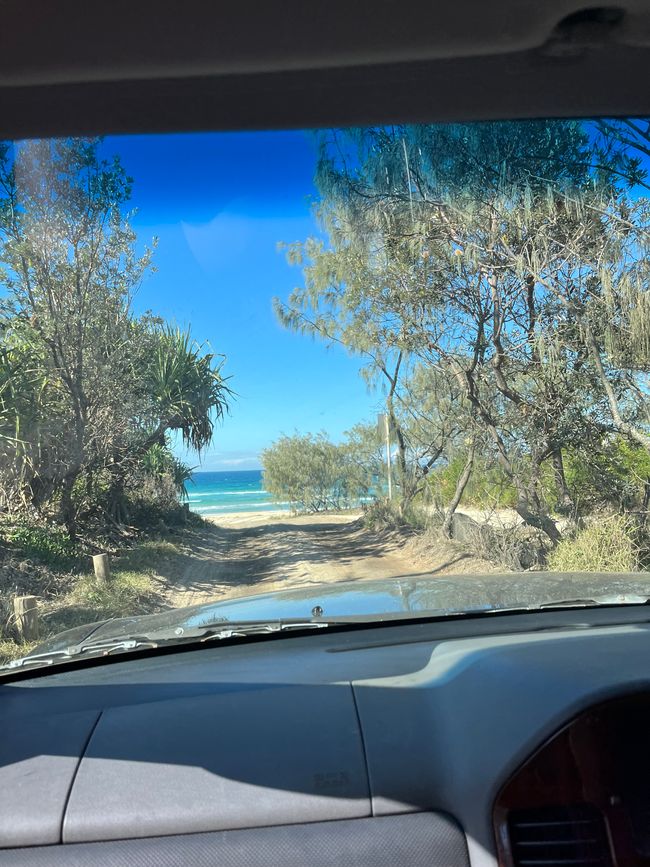
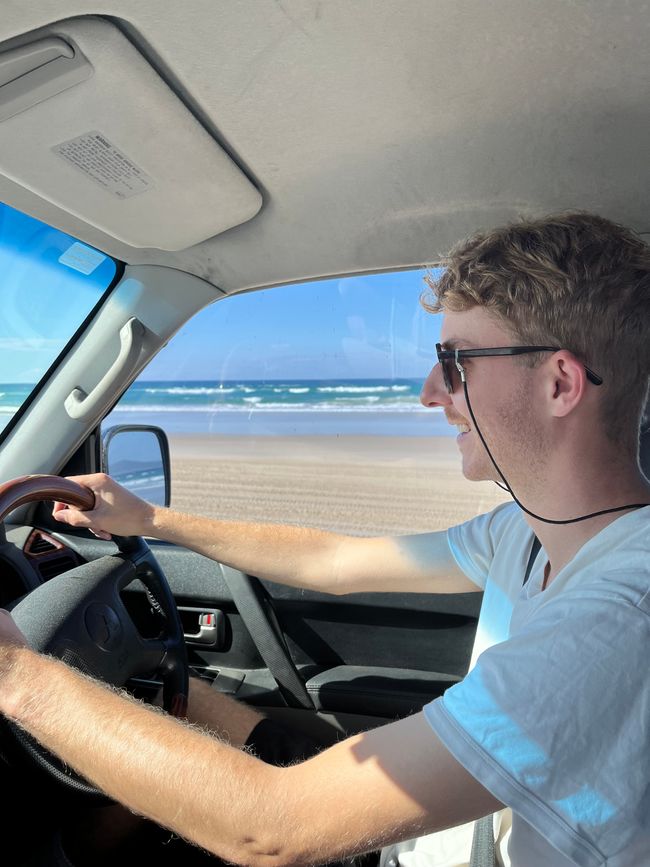
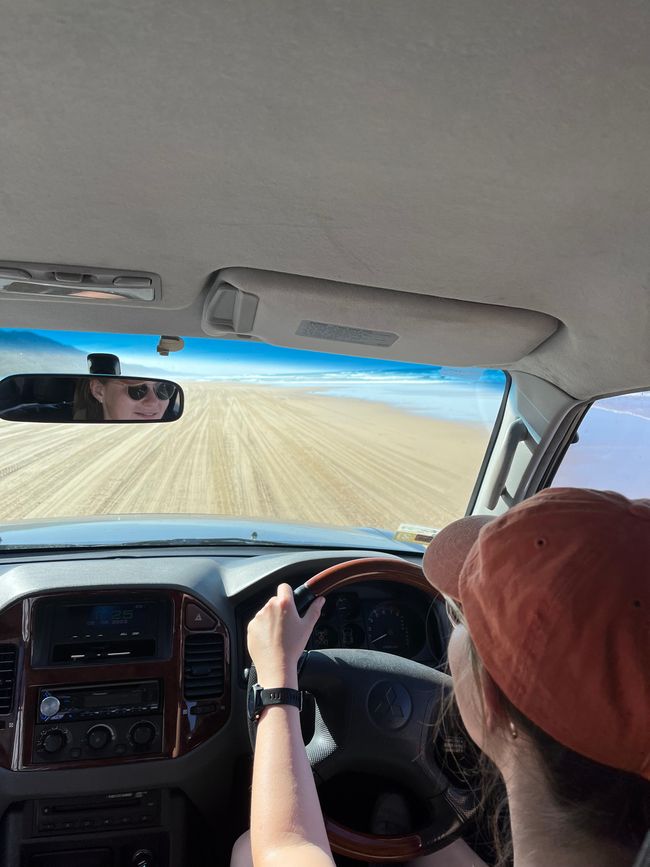
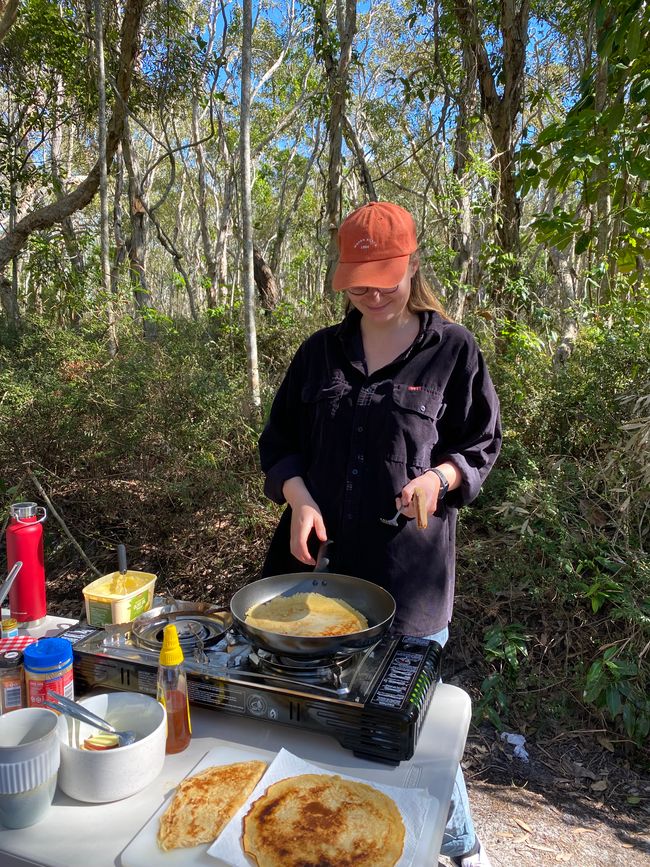
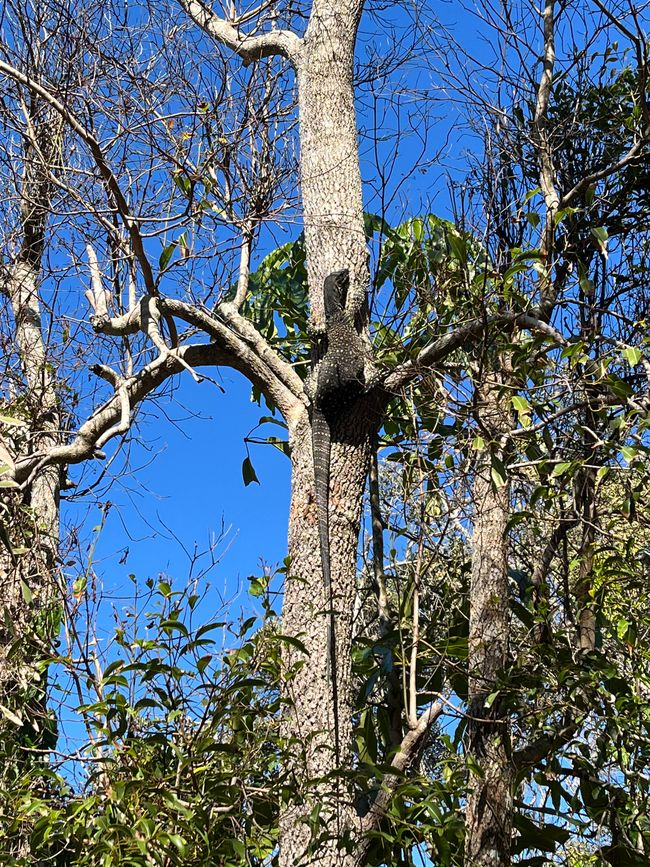
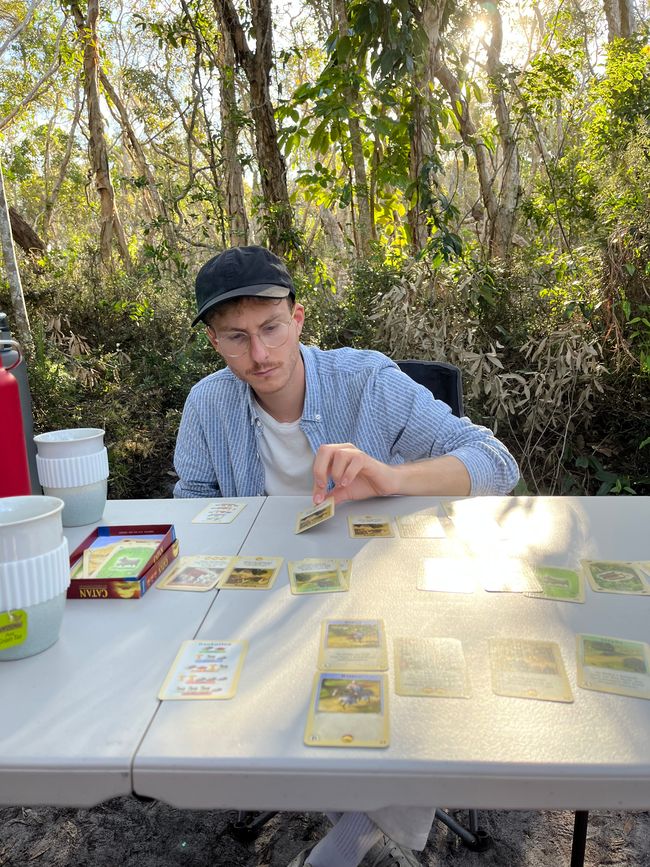
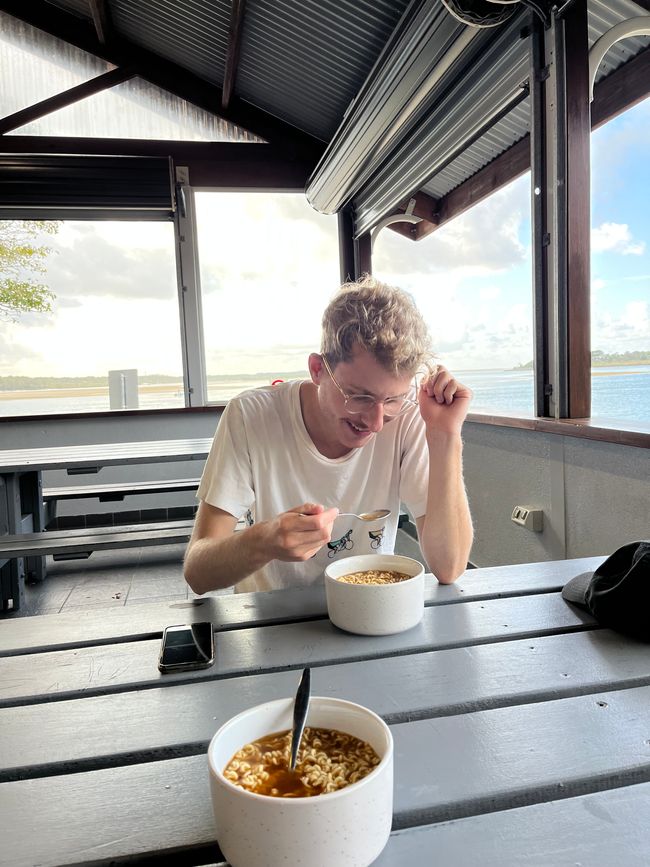
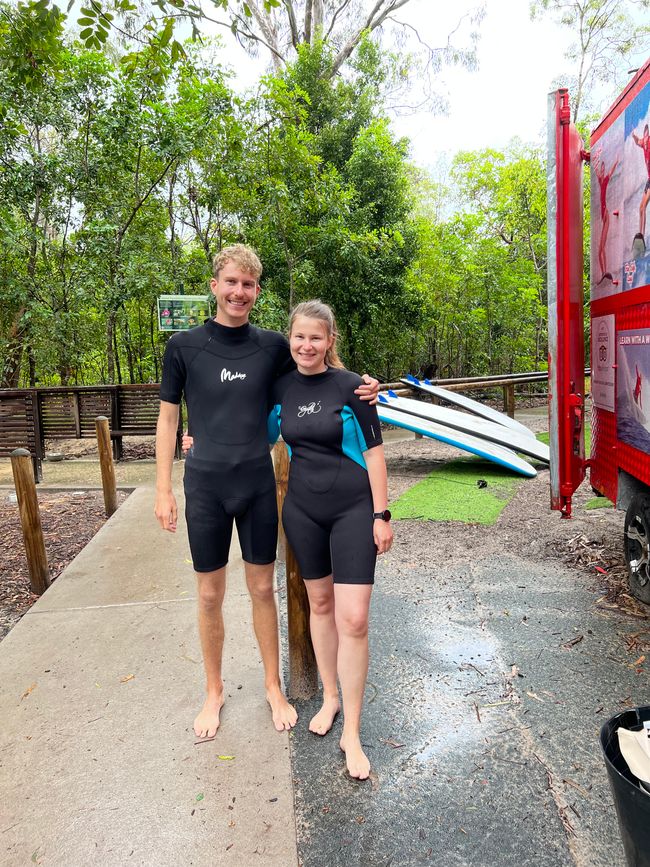
समाचार पत्रिका के लिए सदस्यता लें
The car fully fueled, the groceries packed for a week in the wilderness, and the anticipation of the start of our road trip along the East Coast was high. So, early in the morning, we got into the car to reach our first destination, the Blue Mountains, before daylight. Since the journey was only about 200 kilometers, we were optimistic that we would reach our first camping spot by early afternoon. But as things sometimes go, they turn out differently than expected. When we tried to start the car, it immediately shut off. Second attempt: same problem. After three more tries, the engine finally started. Since we weren't completely comfortable with the thought that this problem might worsen in the mountains, we called the workshop where we had already done the pre-purchase check. During the check, the mechanic had already told us that the battery was not performing at full capacity, so we thought that the starting problems were likely to be related to the battery. Strangely, the problem only occurred in the morning, we had no problems during the day. Fortunately, the workshop had a suitable battery in stock, so we finally started around early afternoon. Despite our firm rule of not driving in the dark, we had to break it at the start of the road trip. But it's also difficult to avoid darkness, the roads in Australia are usually long, and the sun sets around 5 p.m. Despite all the adversities, we managed to reach our campsite. Although using the term campsite is misleading because it implies a certain level of infrastructure. The site we chose for the first night was characterized by a wooden hut with an outhouse and a few scattered parking lots. We wanted nature and adventure, and that's what we got. After setting up the rooftop tent and camping table and chairs, we started preparing the first meal, a delicious chickpea curry - delicious. Then we quickly did the washing up, which was more like a quick wash. We are traveling with a 20-liter water tank from which we get our cooking and dishwashing water. But since this water has to last for a while, we use it sparingly. So we sat next to our car, surrounded by the darkest darkness I have ever experienced in nature. Every noise in the surrounding bushes made us flinch. (Will we get used to it? Small forecast: NO!). The thermometer had meanwhile dropped to what felt like minus ten degrees, actually, it was zero, and yes, we are still in Australia and not in the Himalayas. So we quickly retreated to our rooftop tent and prepared for the night - long pants, sweater, scarf, and hat should provide us with a few warm hours. However, it didn't help much because when we were woken up by the birds at 6:30 a.m. the next morning, we were really cold. So we had no choice but to get up and start the day with some vigorous movement to warm up our bodies. For the first day in the Blue Mountains, which by the way are a World Heritage Site, we had chosen a hiking trail, the Grand Canyon Trail. Our plans were once again hindered by the car. Despite the new battery, our Pajero didn't start as it should. After ten attempts, we finally managed to start and could finally set off for the starting point of our tour. The hiking trail led us for five hours past magical viewpoints, steep cliffs, breathtaking trees, and beautiful waterfalls through a gorge. Almost at the destination, we had a little first - our first encounter with a snake. While walking, Helene almost stepped on a brown snake. Fortunately, it was already dead, because as a passing Australian told us, a bite from this snake is deadly. And while we're on the subject of (animal) colors. The color blue, which gives the region its name, can be attributed to the countless variety of eucalyptus trees. The trees release a kind of oil that sets like a veil over the region. From a distance, it looks like a blue mist. In the end, we stood there, bathed in sweat, next to our car, which at least had the advantage of keeping us warm for a change. However, this condition did not last very long. And even colder temperatures were forecasted for the next night, so we quickly stocked up on a hot water bottle and a kettle on the way back. Despite the cold temperatures, they left their mark. During the night, I had a fever, chills, and a headache, so we decided to end the Blue Mountains adventure prematurely. The next morning, we packed everything up, got into the car, and drove about four hours northeast back to the coast to Port Stephens. We didn't see much of the place itself because, on the one hand, I recovered from my cold, and on the other hand, we took it easy. On the day of arrival, we walked on Birui Beach through a huge dune landscape - sea air is always good. Otherwise, we planned the rest of our trip and played a bit of car Tetris, which basically means that we moved things from point A to point B as space-saving and efficient as possible. Since the starting problems continued here and even worsened, we decided that we would take the car to the workshop at our next stop in Port Macquarie. But before that, we spent three beautiful days in Myall Lakes National Park. This park has one thing to offer above all else: tranquility. The campground right on one of the many lakes was beautiful. We stood away from the other visitors right on the water's edge. From here, we explored the national park. For example, we walked through the rainforest, across huge dunes to lonely, almost paradisiacal beaches, including a short excursion into the culture of the Aborigines. A special highlight was the sunset over the lake, which we were able to marvel at every evening. Photos in this case say more than words. With a heavy heart, we left the national park to finally get our car ready for the upcoming tasks and challenges. However, this turned out to be more difficult than expected. But first the positive, with Darren, we found a mechanic who seemed very competent at first sight, and we got an appointment right away. So we dropped off our car for a thorough check-up. The next morning, we received feedback that the faulty spark plugs were the cause of the persistent starting difficulties. 800 dollars poorer, we were supposed to continue with a repaired car the next day. But in the morning, the disillusionment, the car let us down again. So we called the workshop again and brought the car back to Darren. We described the problem to him in detail again and agreed that he would wait until the next morning to perform the check and see for himself how the starting process was going. The next afternoon, we finally received a call that gave us hope. Although we didn't understand much due to all the technical terms, it sounded like he had really identified the problem this time. Small side note, Darren himself has a Pajero and was able to give us a spare part from his car. Although Port Macquarie was quite nice, we were on pins and needles. We wanted to move on and therefore agreed with Darren that we would come back again if the problem occurred again. Happy to have our car and especially our beloved rooftop tent back, we drove to the Yuraygir National Park, three hours away. We spent three full days here, sleeping and waking up each day to the sound of the waves, as our spot was nestled in a niche surrounded by trees. In addition to a few hikes, we mainly occupied ourselves with one subject: driving on the beach. Apparently, this is a big thing in Australia because you constantly see off-road vehicles zooming along the beach. Naturally, we wanted to try it out as well. Especially since a few days later, we could use the newly acquired knowledge for a little island excursion. But more on that in the next blog post. Let's briefly talk about our first steps or tire rotations on Cooloola Beach. Before we could finally take off on the sand, we first had to go through the theory. How to switch to four-wheel drive mode, how much air should be let out of the tires, and how to operate the compressor, which we have in the trunk, were just some of the big questions we looked for answers to one morning. After some research, the time had come, and we stood in front of the beach with deflated tires, feeling a bit nervous, and were ready for the entrance. It would have been wise to have a look at the car's manual beforehand. Because then we would have immediately known how to use the different four-wheel drive modes and switch from one to another. Long story short, at some point, we actually made it onto the beach. We drove up and down for an hour, tried both soft and hard sand, tested the different modes, and prepared ourselves thoroughly for the upcoming adventure. (More on that in the next blog post)
After five days in the national park, we returned to the city for a special reason: we wanted to learn how to surf. For this, we had booked a two-day course. After a brief theory lesson, we were already in the waves. And they weren't small at all. After a small storm the day before, the wind was still blowing with a nice breeze over the beach. However, this didn't stop us from celebrating our first successes after a short time. It didn't take us two hours, and we were surfing the first (small) waves. On the second day, with sore muscles and various bruises, we continued to hone our technique before our little surf adventure came to an end for now. But for both of us, it was clear that it was certainly not the last time we stood on a surfboard.
समाचार पत्रिका के लिए सदस्यता लें
उत्तर
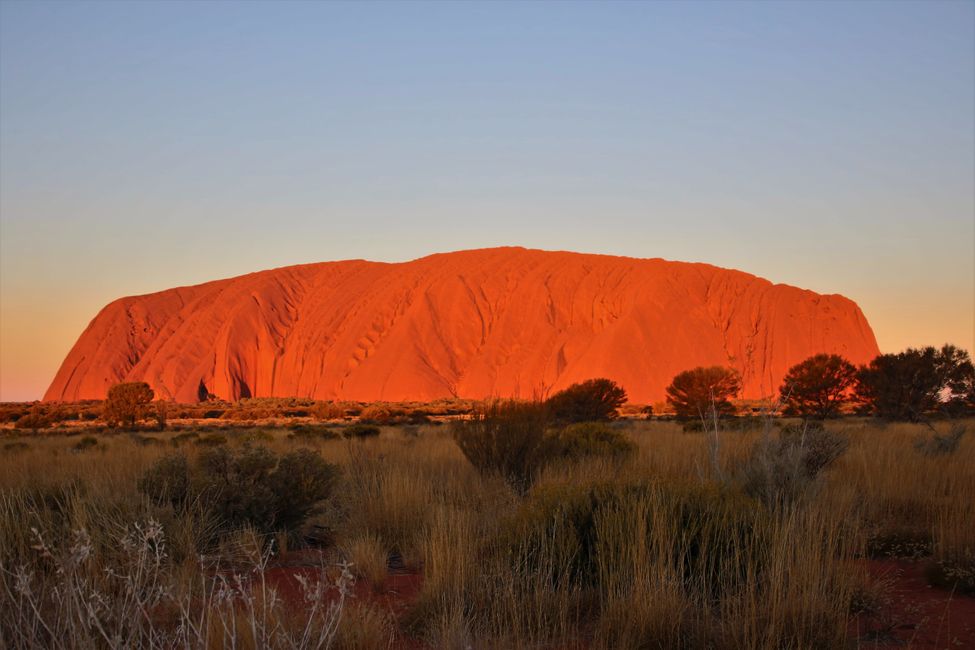
यात्रा रिपोर्ट ऑस्ट्रेलिया
